Class XI - Chap. -3- "Discovering Tut: the Saga Continues" by A.R.Williams (Hornbill Book)
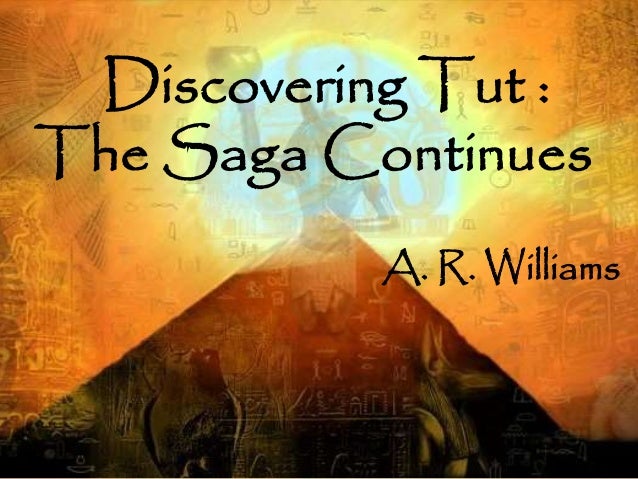
Class11English Hornbill Book Chapter 3
Discovering Tut: the Saga Continues - By A.R.Williams
Introduction of the Lesson-
Written by A.R. Williams, this chapter is about the last heir of the powerful Pharaoh Dynasty, Tutankhamun, who died when he was a teenager after ruling for nine years. He died in a mysterious way, this chapter throws light over all the possible mysteries – the curse, where his tomb lies, his life and ultimately death. Egyptians believe that there is life after death and that is the reason why the Pharaohs were buried with wealth and everyday use items.
About the author -
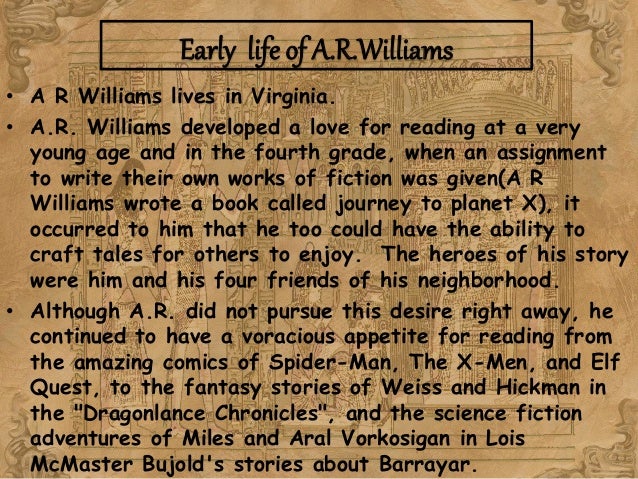
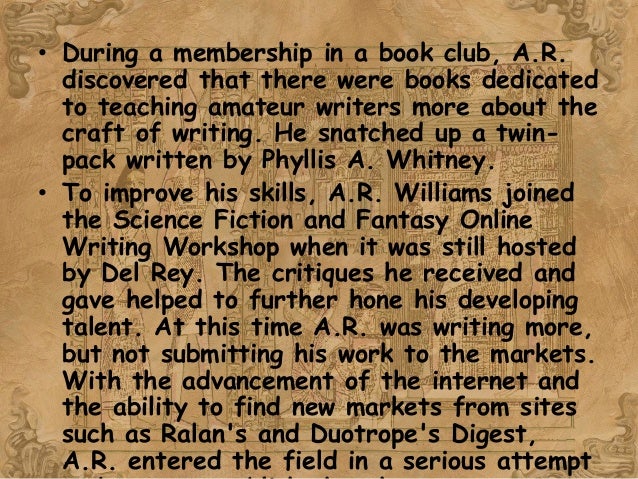
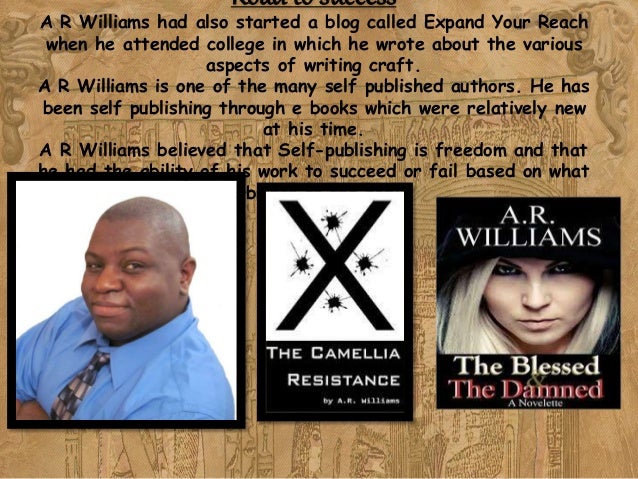
Summary
Discovering Tut: the Saga Continues is a chapter which gives us an in-depth insight of Tutankhamun, the last ruler of the powerful Pharaoh Dynasty in Egypt. He was a teenager when he died and his death was a mystery. Some speculated that he was murdered. He ruled in Egypt and its empire for centuries. In 1922, his tomb was discovered by Howard Carter, a British Archaeologist. After 80 years, he was taken from his resting place for CT scan which offers to solve the mystery of his life and death by creating a forensic reconstruction.
Tut’s father or grandfather, Amenhotep III, was a very powerful Pharaoh who ruled over a period of forty years. His son, Amenhotep IV, thrived him and began the strangest period in the history of Egypt. He promoted the worship of Aten (the sun disk). He changed his name to Akhenaten meaning servant of the Atens. He also moved the religious capital from Thebes to the new city of Akhenaten, called Amarna. Further, he attacked Amun, a god, smashed his images and closed his temples. Another mysterious ruler succeeded him who died soon. Next, Tutankhamun, also known as Tut, sat on the throne and ruled for nine years. He worshipped god Amun in the old ways. However, he died mysteriously.
When Tut’s mummified body was discovered, he was laid with lots of gold, wealth and everyday items like a bronze razor, games, clothes, cases of food and wine. Carter discovered him after searching for many years. After researching on the treasures, he decided to investigate his three nested coffins. Some parts of the Tut’s treasures in the tomb were already looted.
His tomb was rock-cut, 26 feet underground, which had wall paintings. On the outer coffin, Tut’s face was gilded. In the first coffin, he found the garlands of olives, lotus petals, and cornflowers. It showed that he was buried in the months of March or April. The third and final coffin put Carter into trouble. The resins used to cement Tut to the bottom of the solid gold coffin was hardened enough making it impossible to move. He put the coffin in the sun for several hours in hope for the resins to loosen up but it didn’t work. Finally, he removed the resins with the help of chisel and hammer. Carter felt he didn’t have any other choice as to if he hadn’t cut the mummy from limb to limb, thieves would have looted the gold. His men first removed his head, then they cut off every joint. After removing the body parts, they placed it on the layer of sand in a wooden box and put it at the original place.
In 1968, the mummy was X-rayed by an anatomy professor, revealed few facts – his breast bone and front ribs were missing.
Later, on January 05 2009, Tut was taken for CT (Computed Tomography) scan which takes hundreds of X-Rays and creates a three-dimensional image. The night of the scan, the workmen carried his body from the tomb in a box. They climbed ramp and stairs and lifted it on a hydraulic trailer that held the scanner. The scanner stopped working which paused the procedure. After using a pair of spare fans, the scan was finally done. After three-hours, his body was taken back to his tomb where his body is resting in peace.
Text and word meaning -
He was just a teenager when he died. The last heir of a powerful family that had ruled Egypt and its empire for centuries, he was laid to rest laden with gold and eventually forgotten. Since the discovery of his tomb in 1922, the modern world has speculated about what happened to him, with murder being the most extreme possibility. Now, leaving his tomb for the first time in almost 80 years, Tut has undergone a CT scan that offers new clues about his life and death — and provides precise data for an accurate forensic reconstruction of the boyish pharaoh.
AN angry wind stirred up ghostly dust devils as King Tut was taken from his resting place in the ancient Egyptian cemetery known as the Valley of the Kings*. Dark-bellied clouds had scudded across the desert sky all day and now were veiling the stars in casket grey. It was 6 p.m. on 5 January 2005. The world’s most famous mummy glided head first into a CT scanner brought here to probe the lingering medical mysteries of this little understood young ruler who died more than 3,300 years ago.
All afternoon the usual line of tourists from around the world had descended into the cramped, rock-cut tomb some 26 feet underground to pay their respects. They gazed at the murals on the walls of the burial chamber and peered at Tut’s gilded face, the most striking feature of his mummy-shaped outer coffin lid. Some visitors read from guidebooks in a whisper. Others stood silently, perhaps pondering Tut’s untimely death in his late teens, or wondering with a shiver if the pharaoh’s curse — death or misfortune falling upon those who disturbed him — was really true.
“The mummy is in very bad condition because of what Carter did in the 1920s,” said Zahi Hawass, Secretary General of Egypt’s Supreme Council of Antiquities, as he leaned over the body for a long first look. Carter—Howard Carter, that is — was the British archaeologist who in 1922 discovered Tut’s tomb after years of futile searching. Its contents, though hastily ransacked in antiquity, were surprisingly complete. They remain the richest royal collection ever found and have become part of the pharaoh’s legend. Stunning artefacts in gold, their eternal brilliance meant to guarantee resurrection, caused a sensation at the time of the discovery — and still get the most attention. But Tut was also buried with everyday things he’d want in the afterlife: board games, a bronze razor, linen undergarments, cases of food and wine.
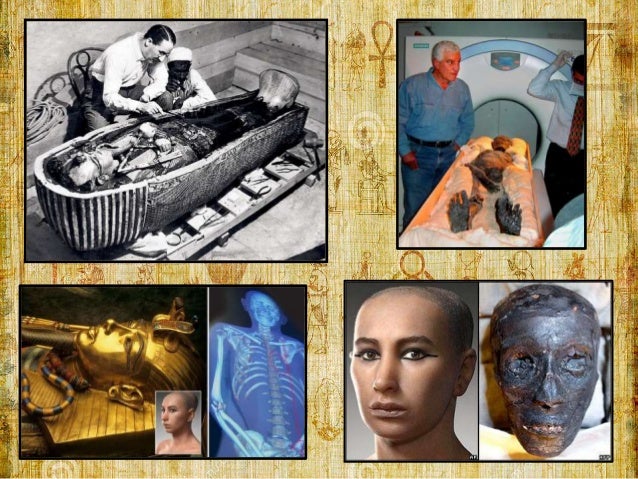
After months of carefully recording the pharaoh’s funerary treasures, Carter began investigating his three nested coffins. Opening the first, he found a shroud adorned with garlands of willow and olive leaves, wild celery, lotus petals, and cornflowers, the faded evidence of a burial in March or April. When he finally reached the mummy, though, he ran into trouble. The ritual resins had hardened, cementing Tut to the bottom of his solid gold coffin. “No amount of legitimate force could move them,” Carter wrote later. “What was to be done?”
The sun can beat down like a hammer this far south in Egypt, and Carter tried to use it to loosen the resins. For several hours he set the mummy outside in blazing sunshine that heated it to 149 degrees Fahrenheit. Nothing budged. He reported with scientific detachment that “the consolidated material had to be chiselled away from beneath the limbs and trunk before it was possible to raise the king’s remains.”
In his defence, Carter really had little choice. If he hadn’t cut the mummy free, thieves most certainly would have circumvented the guards and ripped it apart to remove the gold. In Tut’s time the royals were fabulously wealthy, and they thought — or hoped — they could take their riches with them. For his journey to the great beyond, King Tut was lavished with glittering goods: precious collars, inlaid necklaces and bracelets, rings, amulets, a ceremonial apron, sandals, sheaths for his fingers and toes, and the now iconic inner coffin and mask — all of pure gold. To separate Tut from his adornments, Carter’s men removed the mummy’s head and severed nearly every major joint. Once they had finished, they reassembled the remains on a layer of sand in a wooden box with padding that concealed the damage, the bed where Tut now rests.
Archaeology has changed substantially in the intervening decades, focusing less on treasure and more on the fascinating details of life and intriguing mysteries of death. It also uses more sophisticated tools, including medical technology. In 1968, more than 40 years after Carter’s discovery, an anatomy professor X-rayed the mummy and revealed a startling fact: beneath the resin that cakes his chest, his breast-bone and front ribs are missing.
Today diagnostic imaging can be done with computed tomography, or CT, by which hundreds of X-rays in cross section are put together like slices of bread to create a three-dimensional virtual body. What more would a CT scan reveal of Tut than the X-ray? And could it answer two of the biggest questions still lingering about him — how did he die, and how old was he at the time of his death?
King Tut’s demise was a big event, even by royal standards. He was the last of his family’s line, and his funeral was the death rattle of a dynasty. But the particulars of his passing away and its aftermath are unclear.
Amenhotep III — Tut’s father or grandfather — was a powerful pharaoh who ruled for almost four decades at the height of the eighteenth dynasty’s golden age. His son Amenhotep IV succeeded him and initiated one of the strangest periods in the history of ancient Egypt. The new pharaoh promoted the worship of the Aten, the sun disk, changed his name to Akhenaten, or ‘servant of the Aten,’ and moved the religious capital from the old city of Thebes to the new city of Akhetaten, known now as Amarna. He further shocked the country by attacking Amun, a major god, smashing his images and closing his temples. “It must have been a horrific time,” said Ray Johnson, director of the University of Chicago’s research centre in Luxor, the site of ancient Thebes. “The family that had ruled for centuries was coming to an end, and then Akhenaten went a little wacky.”
Wacky –amusing in a slightly odd way
After Akhenaten’s death, a mysterious ruler named Smenkhkare appeared briefly and exited with hardly a trace. And then a very young Tutankhaten took the throne — King Tut as he’s widely known today. The boy king soon changed his name to Tutankhamun, ‘living image of Amun,’ and oversaw a restoration of the old ways. He reigned for about nine years — and then died unexpectedly.
Regardless of his fame and the speculations about his fate, Tut is one mummy among many in Egypt. How many? No one knows. The Egyptian Mummy Project, which began an inventory in late 2003, has recorded almost 600 so far and is still counting. The next phase: scanning the mummies with a portable CT machine donated by the National Geographic Society and Siemens, its manufacturer. King Tut is one of the first mummies to be scanned — in death, as in life, moving regally ahead of his countrymen.
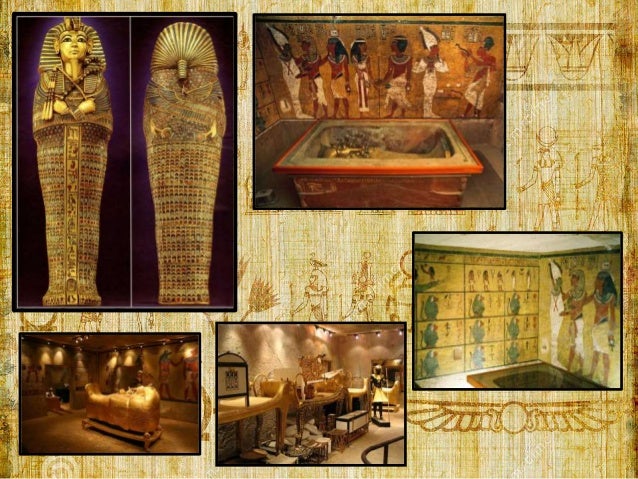
A CT machine scanned the mummy head to toe, creating 1,700 digital X-ray images in cross-section. Tut’s head, scanned in 0.62-millimetre slices to register its intricate structures, takes on eerie detail in the resulting image. With Tut’s entire body similarly recorded, a team of specialists in radiology, forensics, and anatomy began to probe the secrets that the winged goddesses of a gilded burial shrine protected for so long.
The night of the scan, workmen carried Tut from the tomb in his box. Like pallbearers they climbed a ramp and a flight of stairs into the swirling sand outside, then rose on a hydraulic lift into the trailer that held the scanner. Twenty minutes later two men emerged, sprinted for an office nearby, and returned with a pair of white plastic fans. The million-dollar scanner had quit because of sand in a cooler fan. “Curse of the pharaoh,” joked a guard nervously.
Eventually the substitute fans worked well enough to finish the procedure. After checking that no data had been lost, the technicians turned Tut over to the workmen, who carried him back to his tomb. Less than three hours after he was removed from his coffin, the pharaoh again rested in peace where the funerary priests had laid him so long ago.
Back in the trailer a technician pulled up astonishing images of Tut on a computer screen. A grey head took shape from a scattering of pixels, and the technician spun and tilted it in every direction. Neck vertebrae appeared as clearly as in an anatomy class. Other images revealed a hand, several views of the rib cage, and a transection of the skull. But for now the pressure was off. Sitting back in his chair, Zahi Hawass smiled, visibly relieved that nothing had gone seriously wrong. “I didn’t sleep last night, not for a second,” he said. “I was so worried. But now I think I will go and sleep.”
By the time we left the trailer, descending metal stairs to the sandy ground, the wind had stopped. The winter air lay cold and still, like death itself, in this valley of the departed. Just above the entrance to Tut’s tomb
Discovering Tut: the Saga Continues Question and Answers
Ans: King Tut’s body has been subjected to repeated scrutiny because of his history, his treasures which he was buried with and to know the reason behind his death.
(ii) Howard Carter’s investigation was resented.
Ans: Howard Carter’s investigation was resented because of his unscientific methods to cut off his body from the tomb. He also focused more on Tut’s wealth and less on to solve the mystery of Tut’s life and death.
(iii) Carter had to chisel away the solidified resins to raise the king’s remains.
Ans: Carter had to chisel away the solidified resins to raise the king’s remains because the body was cemented to the bottom of the solid gold coffin as the resins had hardened. No force could move the body away and keeping the body in the sun, under 149 degrees Fahrenheit also did not help.
(iv) Tut’s body was buried along with gilded treasures.
Ans: Tut’s body was buried along with gilded treasures as the ancient Egyptian royals were extremely wealthy. They also believed that the royalty would take all the treasures with them in their afterlife.
(v) The boy king changed his name from Tutankhaten to Tutankhamun.
Ans: Tutankhamun means ‘Living image of Amun’. Amun was a major god of ancient Egypt. Amenhotep III smashed and closed his temples, later Tut restored his temples and beliefs back in his empire. That is why he changed his name from Tutankhaten to Tutankhamun to choose his belief in the god.
2. (i) List the deeds that led Ray Johnson to describe Akhenaten as “wacky”.
Ans: According to Ray Johnson, the Akhenaten was wacky because of the following reasons:
- · He smashed and closed Amun’s images.
- · He worshipped Aten, sun’s disk
- · He moved the religious capital from the city of Thebes to the new city of Akhenaten, called Amarna
- · He changed his name to Akhenaten
(ii) What were the results of the CT scan?
Ans: The results of the CT scan were astonishing which was 1700 digital X-rays cross-sectioning each other to make a three-dimensional image. A grey head appeared and his vertebrae were shown. The images of the hand, ribcage, and skull were shown which were so clear.
(iii) List the advances in technology that have improved forensic analysis.
Ans: With the advancement in technology, it has been made possible for many scientific tests to be carried out in a more accurate way to determine the cause of a crime. X-Ray, CT scan, Post mortem, biopsy, and autopsy are now possible.
(iv) Explain the statement, “King Tut is one of the first mummies to be scanned — in death, as in life...”
Ans: Tut’s mummy was the first one to be X-rayed in 1968 and later, in 2005, the first to be scanned through Computing Tomography (CT). CT scan revealed new three dimensional images of his body which answered many questions.
Talking about the Text
2. Advanced technology gives us conclusive evidence of past events.
3. Traditions, rituals and funerary practices must be respected.
4. Knowledge about the past is useful to complete our knowledge of the world we live in.
Thinking about Language
2. What do you think are the reasons for the extinction of languages?
Ans: A language can become extinct due to many reasons. If the world adapts with technology and advancement, they make changes accordingly. Example, the Sanskrit language cannot be seen used on a daily basis by people. However, in ancient times, it was a language used both verbally and in writing. Also, if some level of restrictions is imposed on a certain class of people not to use a language. It can become extinct gradually.
3. Do you think it is important to preserve languages?
Ans: Yes, it is very important to preserve languages as it helps us to understand our culture and traditions. It helps in cultural development and it helps us to connect with the important past events. It gives us knowledge about literature and the history of the language.
4. In what ways do you think we could help prevent the extinction of languages and dialects?
2. Here are some commonly used medical terms. Find out their meanings.
| CT Scan | MRI | Tomography | Autopsy | Dialysis | ECG | Post Mortem | Angiography | Biopsy |

Comments
Post a Comment